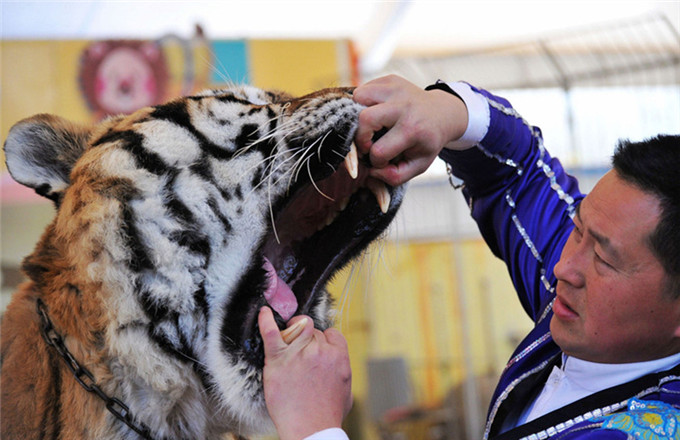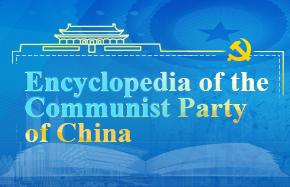French cuisine hard to swallow in China
With its unusual cutlery, bizarre names and complex etiquette, French haute cuisine is as daunting as it is appealing to Chinese diners, despite the country's own proud culinary tradition.
On Thursday, more than 40 restaurants in China offered six-course menus highlighting French ingredients as part of a worldwide gastronomic and diplomatic pushback in the face of ever-increasing competition.
The French ambassador in Beijing received 160 high-society guests, and Paris' consulates in Hong Kong and Shanghai put on dinners too.
But French chefs have to educate their audiences in China more than elsewhere.
The biggest challenge is linguistic: how to translate into Mandarin terms like "mouillettes" ("soldiers," or strips of toast, for dipping into boiled eggs).
In many countries, restaurants use French terminology, but with no equivalents in Chinese characters, they have to resort to descriptions, preferably matching the contents of the plate.
At the embassy in Beijing, the task fell to Wang Wei, the ambassador's social secretary. She called in both the embassy's team of translators and head chef Thomas Ciret.
He described his "oeuf toquau poivre du Sichuan" (scalped egg with Sichuan pepper) as: "You slice off the top of the egg, withdraw the white, make a whipped cream with sherry vinegar, cardamom, Sichuan pepper, salt and chives. Then you cook the yolk in a water bath."
A literal translation is impossible, as with "foie gras pola granny-smith et ceri-rave" (seared foie gras with Granny Smith apples and celeriac).
"If I translated Granny Smith it would be incomprehensible and, more than that, ridiculous. So first I need to understand what it is, and then interpret it as 'green Australian apple'," she explained.
In the same way, she translates "Gaspacho, granitde concombre" (gazpacho with cucumber granita) as "cold Spanish soup" and adds the word "cheese" to "Ravioles de tomate cerise et mozzarella" (cherry tomato and mozzarella ravioli), since many Chinese are unfamiliar with mozzarella.
Many of the restaurants taking part in Thursday's event did not provide Chinese-language menus for its website - while some even turned to English for the "local language".
But that is just the first course of the cultural divide.
"Most Chinese are used to eating oysters cooked, usually grilled," said Zhu Yunqian, a lifestyle expert at Conde Nast Traveler magazine.
Others may be confounded by macaroons or blue cheese, radically different from their own ingredients.
In Chinese cuisine - one of the most varied in the world - chefs must harmonize "cold" and "hot" food types, a uniquely Chinese concept that has nothing to do with temperature and is itself difficult to translate into Western languages or ideas: lamb and chicken are "hot", black tea and litchis are "warm", while duck, strawberries and green tea are "cold". Depending on the species, fish can be cold, neutral or warm.
Mixtures are more common, and a balance needs to be found between colors and the five basic flavors: sour, sweet, spicy, salty and bitter.
"At a buffet, some Chinese tend to put everything together on their plates. You'll see them help themselves to salad, then add fish, meat, vegetables, rice, a creme brulee and a chocolate pancake," said Jean-Philippe Couturier, head chef at Beijing restaurant Cabernet.
Chinese diners also like to feast around a lazy susan loaded with multiple dishes, served with chopsticks.
The contrast with plates served in ritual sequence can be disconcerting, particularly when specialized cutlery such as snail tongs are deployed.
"The first time I experienced French cuisine I held my fork in my right hand, until a friend told me to switch," confided Fan Yuejiao, who works for Yueshichina, a gourmet Internet site. "I felt a bit awkward."
























